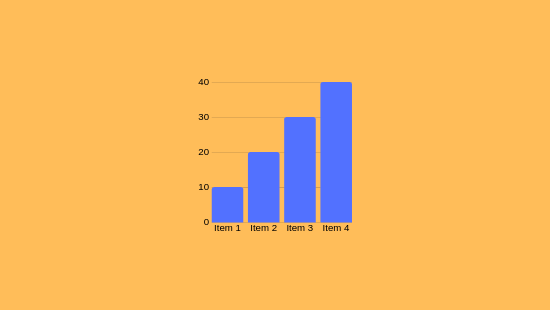Forex Indicators: Operational Mechanics
Forex Indicators: Operational Mechanics
Blog Article

As you delve into forex measurements, you'll understand they're mathematical tools analyzing price and volume data to forecast market movements. These indicators aid in signaling trends, confirming market cues, and detecting overbought or oversold situations. For example, the Relative Strength Index (RSI) gauges momentum, while Bollinger Bands assess volatility. Enhancing your trade techniques by combining these metrics is essential, especially if aiming to manage risk effectively.
Grasping the Core of Forex Indicators
Forex indicators are mathematical aids embedded in charts to aid investors in scrutinizing market dynamics and executing calculated trades. They offer insights into price movements and potential trading opportunities by processing historical and real-time data.
Forex indicators are divided into four primary groups: trend indicators (e.g., Moving Averages), momentum indicators (e.g., Relative Strength Index), volatility indicators (e.g., Bollinger Bands), and volume indicators.
These tools can signal reversals, confirm trends, or highlight overbought/oversold climates. If you're focused on refining your trading strategy, grasping their roles is vital.
Types of Forex Indicators
Upon evaluating market trends, investors often deploy a selection of measures to aid in decision-making.
Forex indicators can be grouped into different classifications, each fulfilling distinct functions.
Trend Indicators like Moving Averages (MA) and Bollinger Bands assist in detecting trends and possible price surges.
Momentum Indicators, such as the Moving Average Convergence/Divergence (MACD) and Relative Strength Index (RSI), recognize shifts in price momentum and indicate excessive buying/selling.
Volatility Indicators like the Average True Range (ATR) quantify market variability, assisting investors in establishing protective measures.
If used strategically, these tools can boost trading proficiency.
Essential Instruments for Trading Choices
To effectively make trading decisions, understanding and applying key indicators that evaluate market states is essential.
Price Movements (MA) display average prices over determined timeframes, revealing trends by evening out variations.
The Relative Strength Index gauges market force on a 0–100 scale, flagging overbought conditions above 70 and signaling oversold scenarios below 30.
MACD compares two EMAs to confirm the trend direction, with graphical representations displaying positive or negative trajectories.
Bollinger Bands apply standard deviations around a moving average to assess fluctuation and potential reversals.
Fibonacci Retracement levels denote price thresholds considering historical shifts.
Synthesizing these indicators enhances precision by authenticating prompts if aligned, facilitating precise timing for currency matchups.
Using Indicators for Risk Management
As you fine-tune investment methods, effectively utilizing measurement tools for risk management is crucial. Tools like Moving Averages and Bollinger Bands gauge fluctuations and identify potential entry/exit points for risk oversight.
These instruments allow for exact stop-loss orders and limit orders, critical for modulating potential losses.
For instance, using trade protections caps losses to a certain limit, such as 2% of your trading portfolio per trade. This disciplined tactic aids in managing forex risks by limiting exposure to fluctuations and leverage, which are significant challenges in currency trading.
Combining Indicators for Enhanced Accuracy
Combining indicators is a sophisticated strategy for boosting precision in forex trading. This approach allows for the use read more of diverse instruments to evaluate several aspects of market dynamics, such as trends, momentum, and variability.
By utilizing indicators like Moving Averages, RSI, and MACD, you can formulate formidable trading strategies. For example, pairing Moving Averages with RSI and Volume validates trend direction and momentum, while Bollinger Bands with Stochastic discovers volatile scenarios and possible reversals.
If indicators from separate categories align, redundancies are reduced, and trade signals are intensified.
Conclusion
You now grasp how forex indicators operate, encompassing their types like trend, momentum, and volatility tools. These instruments aid in uncovering pivots and validating ongoing trends. Through combining tools, investment accuracy is enhanced, and risk management is conducted more adeptly. For instance, using the Relative Strength Index (RSI) to highlight buying peaks and Bollinger Bands to analyze fluctuation can refine your trade choices. Report this page